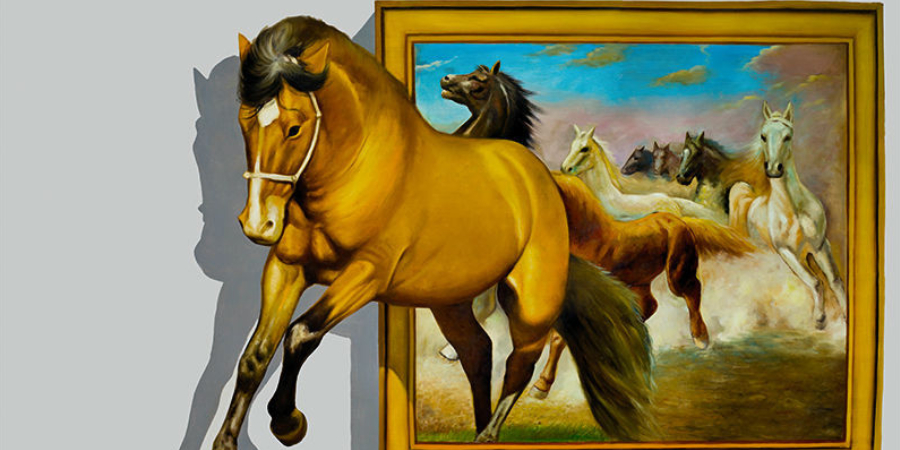An Overview of Different 3D Art Processes
Recently, 3D arts are gaining a lot of prominence in different industries such as movies, video games, publishing, medical science, architecture, geology, and many more. 3D models are mathematically represented as three dimensions on 3D spaces. Three-dimensional models have height, depth as well as width. If you want to learn about various techniques involved in 3D art, you are in the right place.
The animation industry demands creativity and proficiency in 2D as well as 3D models. To become a successful animator, you need to have advanced knowledge of different kinds of animation software. The following are some of the standard techniques that are used by professionals to create 3D arts. Skilled artists utilize box modeling, edge or contour modeling, spline art, sub-division modeling, and digital modeling to design characters, objects, and backgrounds of motion pictures. The three-dimensional models also include environmental art, sculpture, architectural and mix media art, craft, and folk art.
To design sculptures, you need to follow some crucial steps. Figuring, casting, modeling, and construction are the primary steps of creating sculptures. Carving is the process of removing the original material from the surface or background of the piece. You can see these free-standing sculptures in the walls, altars, and doors. Artists usually carve these sculptures on wood, stone, or clays. As these 3D arts stick out from the surface, you can see them from different angles.
Modeling is the second vital step involved in creating sculptures. While in carving materials are removed, in modeling materials are added to design an object. Professional artists use softer plaster, clay or wax to add in it and bring the sculpture in shape. They usually use their hands or small pieces of equipment to form the statue or sculpture.





